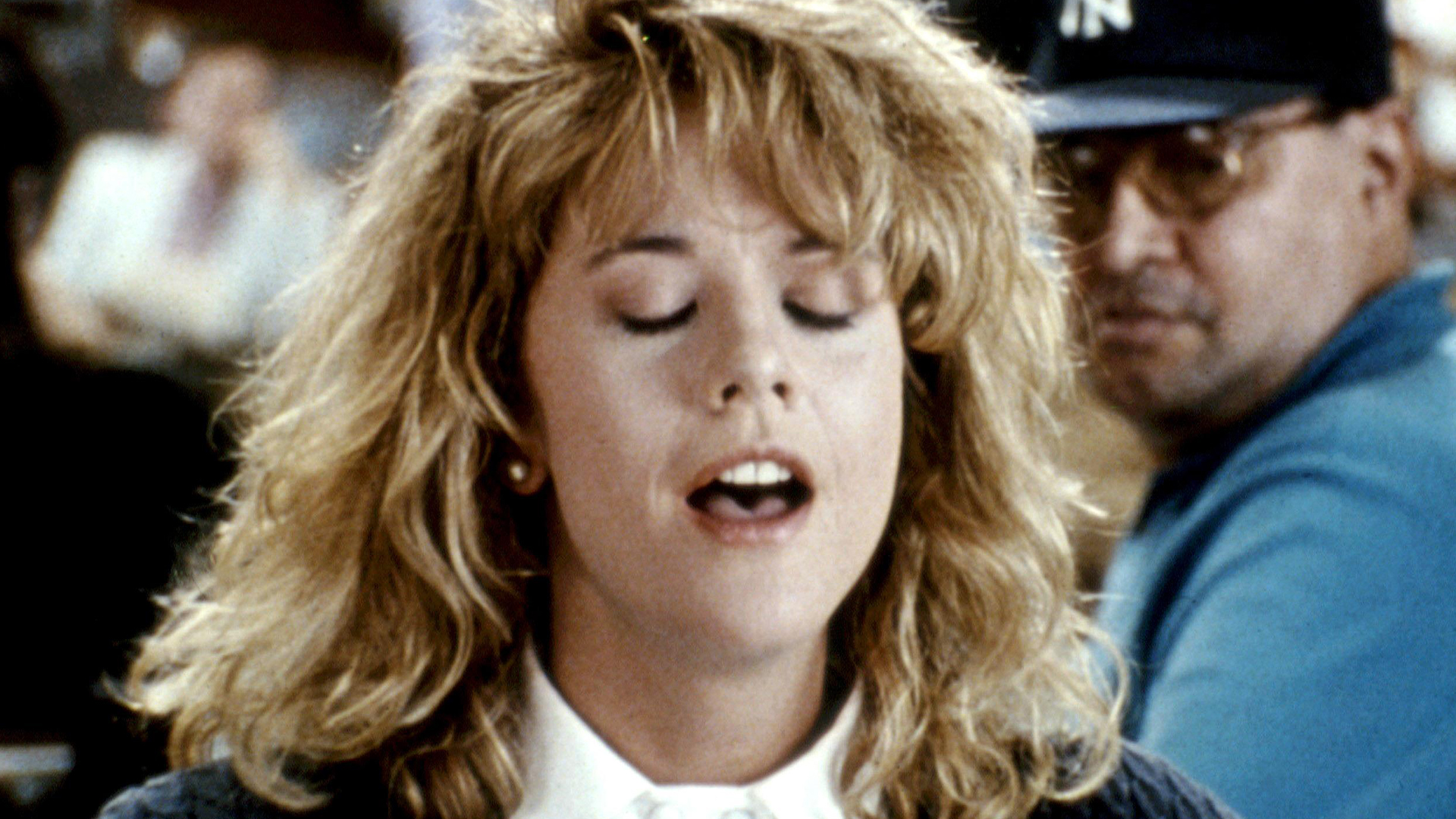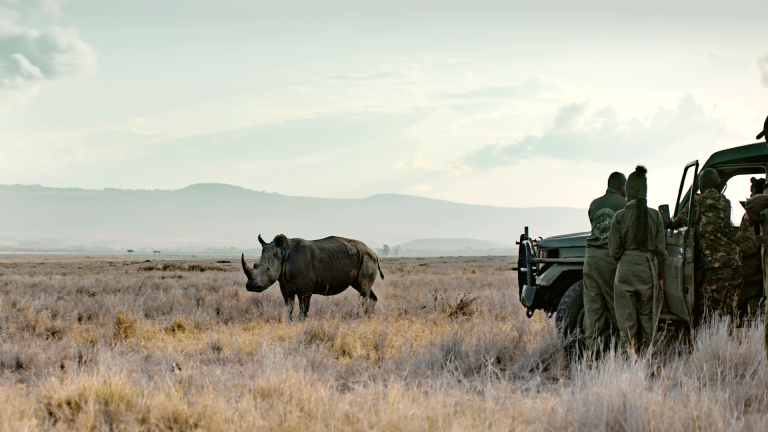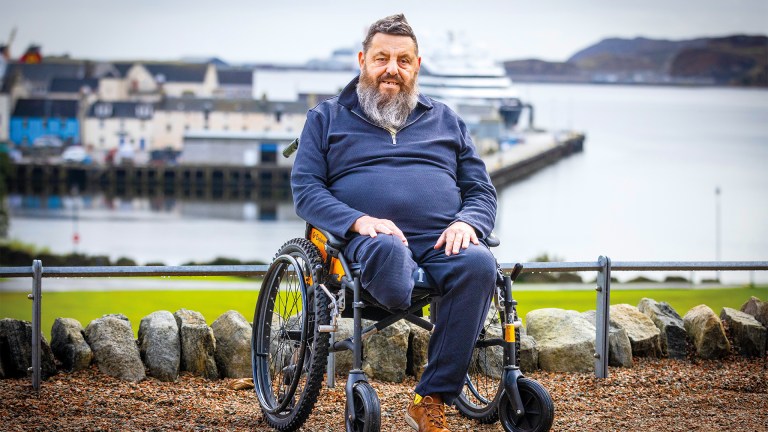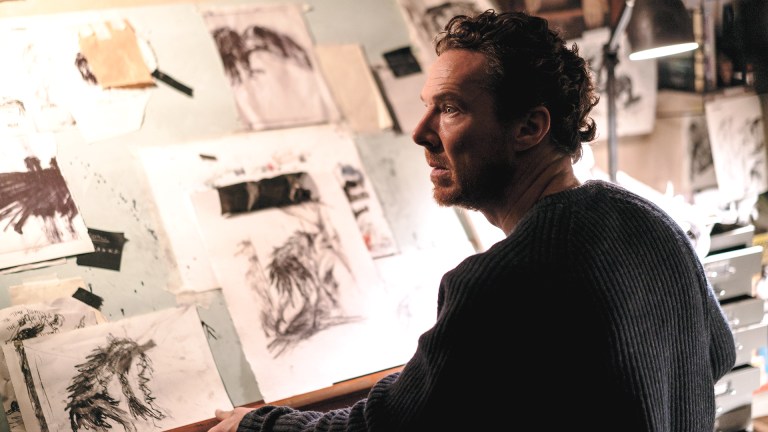In a thriving rom com ecosystem there must be electric chemistry between the actors – a connection so convincing that it transcends scripts, so you feel the love even during a shouting match – of which there are plenty with Crystal and Tom Hanks in the later films.
As a collaborative, challenging space, Ephron’s sets were fertile ground and Ryan was ready to up the ante. Recalling her idea to act out the infamous, provocative diner scene, she shrewdly observed that Sally “doesn’t necessarily have punchlines in that script, but she’s behaviourally funny. It came out of understanding that.”
Meg Ryan was intuitive and energetic, simultaneously channelling a magnetic kind of Lucille Ball whimsy as well as the sensuality of a formidable movie star.
In terms of the pantheon of female romantic leads, the ’30s and ’40s had Barbara Stanwyck and Katharine Hepburn, the ’50s and ’60s had Doris Day and Audrey Hepburn, the ’70s and ’80s had Diane Keaton and Goldie Hawn, and seeing out the 20th century was Ryan. But her take on the female romantic lead was more dynamic and nuanced than her predecessors’.
Just as engaging in her plucky monologues as she was in the playful parts, as well as the more poignant moments, Ryan brought irreverence, embodied joy and emotional vulnerability to the big screen in an unprecedented way. Her impressive marriage of bold comedy instinct and emotional sensitivity – neither corny nor melodramatic – distinguished her. For every acerbic quip there was an adorable frown or quietly emotive moment. Not stilted or hammy in the way leading ladies sometimes were in the past, she was refreshingly natural in how she carried herself.
The female stars of 2000s rom coms (Katherine Heigl, Jennifer Lopez, Sandra Bullock, Drew Barrymore, Reese Witherspoon, Kate Hudson, Cameron Diaz…) went on to employ shades of the colourful essence Ryan defined in the ’90s: the endearing vagaries, body language, and stirring sincerity; that well-calibrated mix of softness, spunk and strength.
Meg Ryan was delivering substance, but also style. The trilogy’s richness and warmth – I’m nostalgic for a time feature films were shot on film – frames her enviable knitwear and preppy elegance. As a result, Ryan remains a timeless reference for chic autumn and winter fashion – just check Pinterest and Instagram mood boards.
Now, as the star, director and co-writer of What Happens Later in which former flames (her co-star fittingly being fellow ’90s icon David Duchovny) are stranded at an airport, Ryan is sticking to Ephron’s winning formula. It’s one that still informs films today: a taut script with a simple conceit and appropriate portion of schmaltz, knowing that a not-too-overwrought premise allows for the humanity and humour of the characters to charm and move the audience.
The mother of the rom com is coming home to woo us one more time.
What Happens Later is due out in UK cinemas in late 2023. Lucy Fitzgerald is part of The Big Issue’s Breakthrough scheme .
This article is taken from The Big Issue magazine, which exists to give homeless, long-term unemployed and marginalised people the opportunity to earn an income. To support our work buy a copy!
If you cannot reach your local vendor, you can still click HERE to subscribe to The Big Issue or give a gift subscription. You can also purchase one-off issues from The Big Issue Shop or The Big Issue app, available now from the App Store or Google Play









